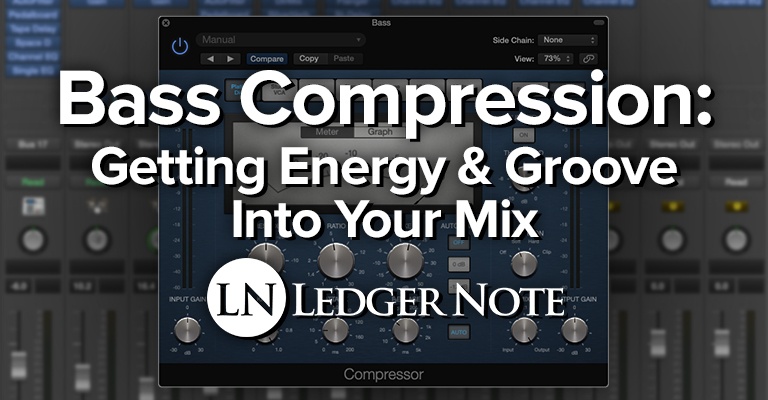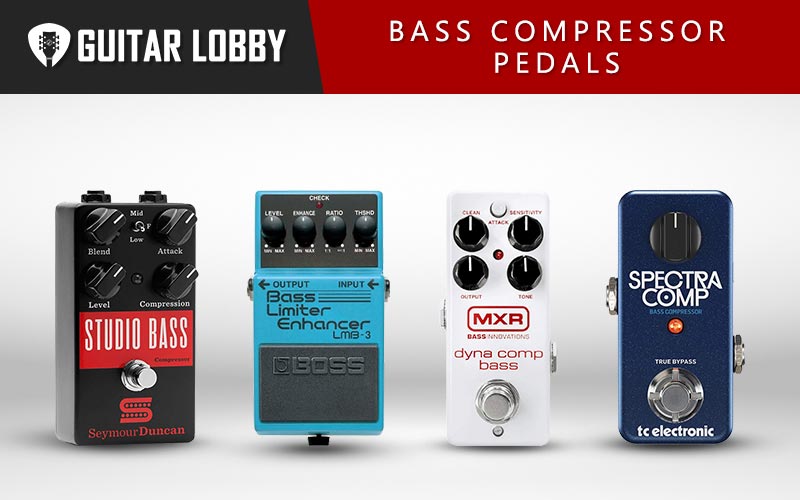

These will affect the compression characteristics the most. Next, you should set your attack and release time. If you’re not going for a totally slammed sound, we’d suggest leaving the ratio at around 3:1-4:1, go higher if you want your sound to be squashed more, but this’ll be a good jumping off point. Using compression isn’t as scary as you migh initially think.įirstly, let’s set your ratio. If you don’t, please read our guide on what is compression and how it works. We’ll assume you know what compression is, and what it does. Let’s say you boost at 200Hz, a nice thing to experiment with is harmonic eq. A slick boost here, can help you get some thickness into your bass. The Low-Mid range is where all the weight, body and punch of your bass is. Slightly counterintuitively, most of the body of your bass isn’t in the low end (<150Hz), but rather in the low-mid range (150-400Hz).

Next, let’s look into making your bass THICCĪ lot of people automatically assume that you should just have a low shelf, boosting the entire low-end up, but that’s not the case usually. We recommend using Fab Filter Pro Q because of its sheer precision.


Even super high end audio systems rarely go below 20Hz, so there’s no reason to have all that bottom end information just muddying up your mix. You might ask, why remove low frequencies from your bass? Won’t that just make my bass thin?Ī low cut is pretty much guaranteed to make your bass sound tighter. Use an High Pass band on your EQ, to cut everything below 20Hz of your bass sound. You should try to shape your sound to remove any unwanted frequencies.Ī good thing to start off with is a Low-cut. First of all, is your bass sound exactly how you would like it to sound? If not, start off with an EQ. Good Bass Compression is key, but it’s not always what you want to start with. This is where you’ll have to make a lot of decisions. So after you’ve written a nice bass line, you have to start thinking of initial mix settings.


 0 kommentar(er)
0 kommentar(er)
